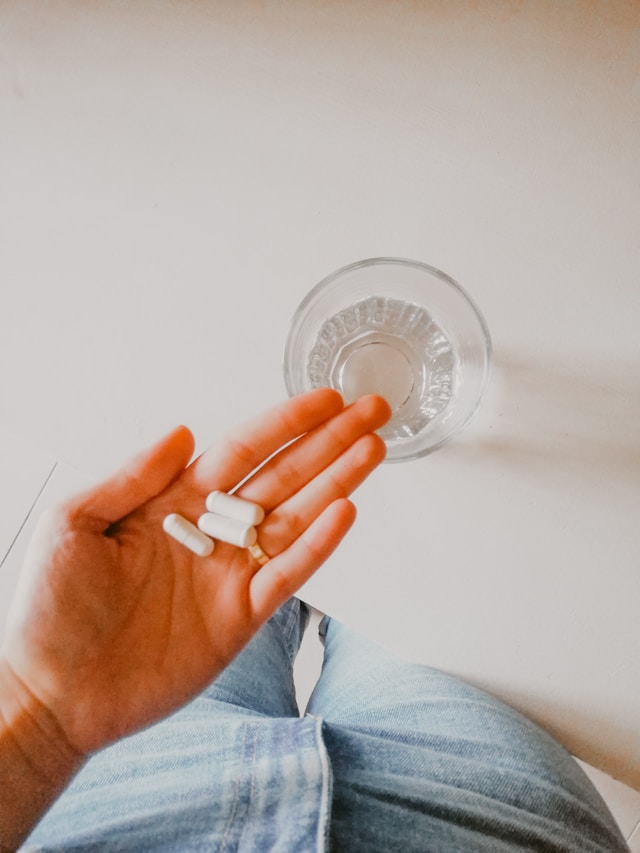The Ultimate Guide to Longevity: How to Age Healthily and Gracefully
What is Longevity and Why Does it Matter?
The Ultimate Guide to Longevity: How to Age Healthily and Gracefully
What is Longevity and Why Does it Matter?
Longevity refers to the ability to live a long life, and in recent years, the focus has shifted to achieving healthspan—the period of life spent in good health. Rather than simply adding years, the goal is to extend the time we remain active, energetic, and free from chronic diseases.
Aging is influenced by a combination of genetic, environmental, and lifestyle factors. As we age, cellular processes like DNA repair, mitochondrial function, and inflammation become less efficient, contributing to physical and mental decline. However, modern science is beginning to unravel the mechanisms of aging, offering insights into how we can slow these processes and live healthier for longer (López-Otín et al., 2013).
By adopting healthy habits, optimizing diet and exercise, and incorporating scientifically supported longevity supplements, it is possible to support the body’s natural defenses against aging and promote vitality throughout life.
Essential Habits for a Long and Healthy Life
Adopting key healthy aging tips is central to longevity and improving healthspan. Research has highlighted behaviors that reduce chronic disease risk and enhance overall well-being.
Regular Exercise: Exercise is a cornerstone of longevity health, improving cardiovascular fitness, muscle maintenance, and reducing inflammation. Aerobic activity enhances mitochondrial function, while resistance training preserves muscle and bone density, combating frailty with age. Engaging in at least 150 minutes of moderate exercise weekly significantly boosts healthspan (Booth et al., 2017).
Stress Management: Chronic stress accelerates aging by increasing inflammation and hormonal imbalances. Mindfulness, yoga, and breathing exercises are healthy aging tips that reduce cortisol levels and promote resilience (Epel et al., 2004) while building strong social connections and fostering purpose, further mitigate stress and supports emotional well-being.
Sleep Optimization: Sleep supports cellular repair, hormonal balance, and reduced inflammation, while inadequate sleep is linked to higher risks of chronic diseases such as cardiovascular disease and diabetes (Walker, 2017). Key strategies therefore include maintaining a consistent sleep schedule, reducing light exposure before bed, and utilizing relaxation aids enhance restorative sleep (Huberman, 2021).
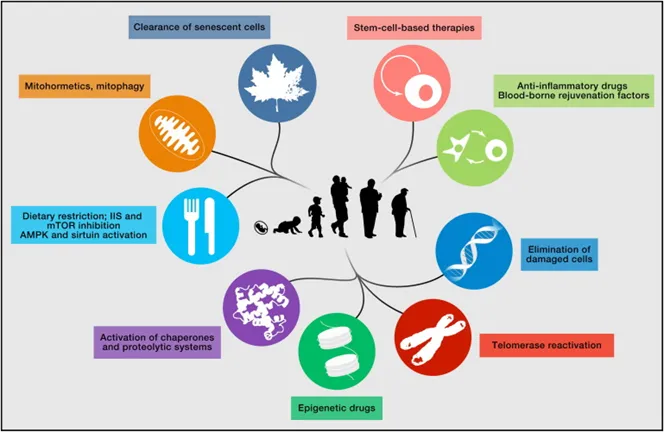
What Blue Zones Can Teach Us About Aging Well
First used by the author, Dan Buettner, the term ‘blue zone’ refers to a geographic location where a population lives statistically significant longer lives. Regions such as Okinawa and Sardinia boast the world’s highest concentrations of centenarians and research attributes their longevity to a variety of factors:
- Plant-Based Diets: Rich in fruits, vegetables, legumes, and whole grains, with moderate consumption of fish and healthy fats like olive oil (Martínez-González et al., 2017).
- Physical Activity: Movement is part of daily life, from walking to gardening.
- Strong Social Connections: A sense of purpose and supportive relationships lower stress and boost mental health.
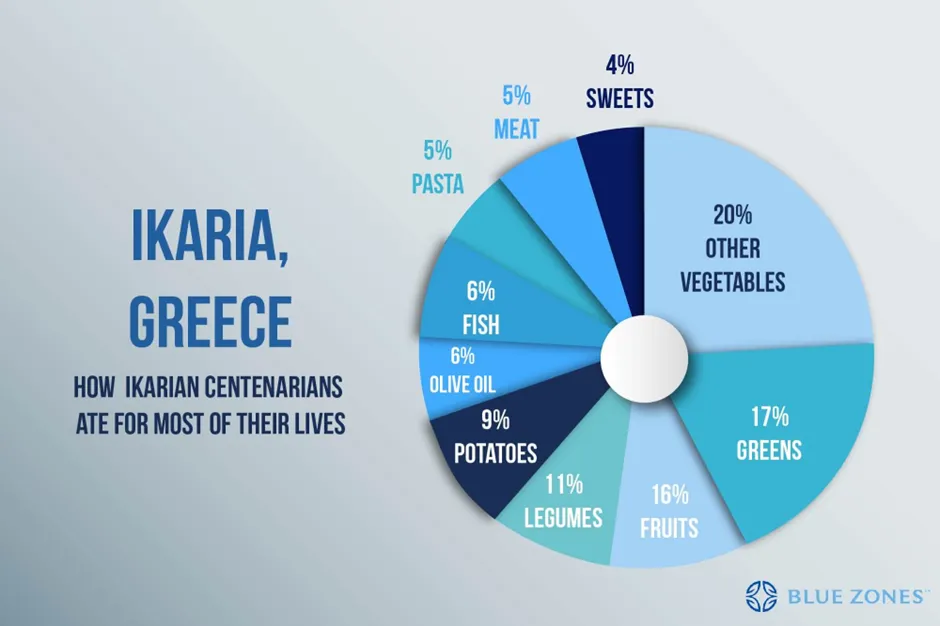
The dietary polyphenols found in blue zone diets, such as Resveratrol, play a crucial role in reducing inflammation and supporting cardiovascular health. Resveratrol, in particular, has been shown to activate sirtuins—proteins essential for maintaining genomic stability and cellular health. Dr. Sinclair highlights Resveratrol’s ability to mimic the effects of caloric restriction, promoting longevity by enhancing mitochondrial function and reducing age-related cellular damage (Fontana & Partridge, 2015; Sinclair, 2019).
Lifestyle Optimization: Practical Ways to Boost Healthspan
Lifestyle choices profoundly influence both lifespan and healthspan and there are proven strategies to slow biological aging, enhance overall health, and reduce chronic disease risks.
Nutrition and Caloric Restriction: Caloric restriction (CR), reducing caloric intake without malnutrition, activates longevity-associated pathways like AMPK and sirtuins while suppressing mTOR, which is linked to aging and chronic disease. Intermittent fasting mirrors many of CR’s benefits, enhancing autophagy, reducing inflammation, and improving metabolic flexibility (Fontana & Partridge, 2015). The Mediterranean diet is a perfect example of a longevity diet that supports overall health, rich in polyphenols, omega-3 fatty acids, and lean proteins, supports a healthy gut microbiome, reduces systemic inflammation, and lowers risks of cardiovascular and cognitive decline (Martínez-González et al., 2017).
Physical Activity: Exercise is a cornerstone of wellness and aging, promoting mitochondrial function, reducing oxidative stress, and preserving muscle and bone density. A combination of aerobic activity and resistance training optimizes these benefits, with just 150 minutes of weekly moderate exercise providing significant health improvements (Booth et al., 2017).
Stress Management and Sleep Hygiene: Managing stress and sleep is a cornerstone of a lifestyle for longevity. Mindfulness, yoga, and other relaxation techniques mitigate cortisol’s harmful effects, while quality sleep promotes DNA repair, immune function, and tissue regeneration (Epel et al., 2004; Walker, 2017). Adopting effective stress management and prioritizing sleep are essential for an anti-aging lifestyle.
Incorporating Supplements for Longevity
Targeted longevity supplements address root causes of aging, targeting fundamental biological pathways to boost healthspan. They complement a comprehensive anti-aging lifestyle to for part of a powerful strategy for enhancing longevity and healthspan.
Energy and Mitochondrial Function
Mitochondrial dysfunction contributes to reduced cellular energy and metabolic decline.
NAD+ Precursors: Ingredients like NMN replenish NAD+ levels, essential for mitochondrial function, DNA repair, and cellular energy (Klimova et al., 2019).
Urolithin A: Promotes mitochondrial biogenesis, rejuvenating cells and improving muscle endurance (Lee et al., 2020).
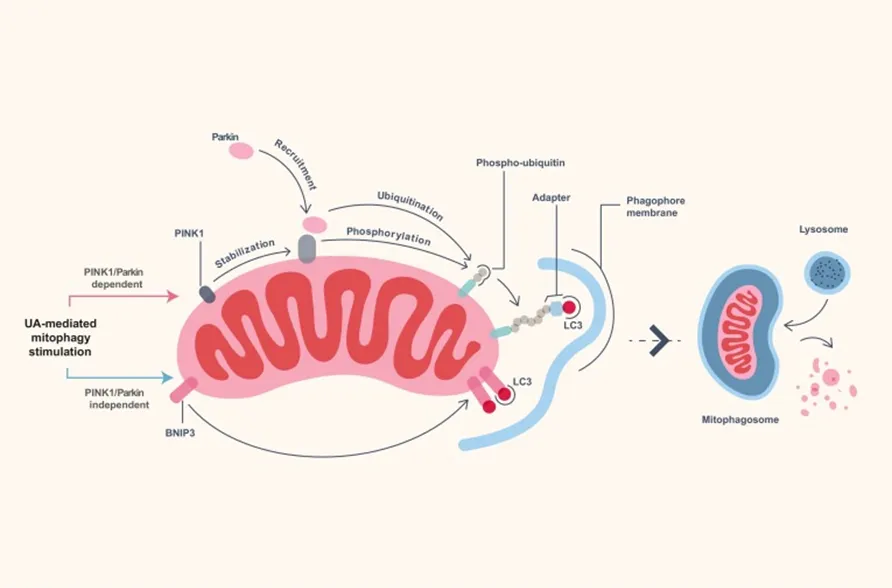
Cellular Senescence and Inflammation
Senolytics target and clear senescent cells, reducing inflammation and improving tissue function.
Fisetin: Removes senescent cells, reducing inflammatory markers.
Quercetin: A senolytic with antioxidant properties that protects cells from damage (Robbins et al., 2021).
DNA Repair and Genomic Stability
Over time, DNA damage impairs cellular function and increases disease risk.
Resveratrol: Activates sirtuins, enhancing DNA repair and mitochondrial function (Fontana & Partridge, 2015).
NMN: Fuels DNA repair enzymes by replenishing NAD+ levels.
Key Categories for Health Optimization
Achieving longevity and healthspan requires addressing the biological processes that drive aging and these can be divided into 4 broad categories.
Cellular Health: Mitochondrial efficiency declines with age, reducing energy production and impairing cellular repair. Ingredients like NAD+ precursors (e.g., NMN) restore NAD+ levels, which are essential for mitochondrial function, DNA repair, and metabolic health (Klimova et al., 2019). Urolithin A supports mitochondrial biogenesis, boosting cellular energy and rejuvenating aging cells to improve muscle endurance (Lee et al., 2020).
Inflammation Control: Chronic inflammation, or "inflammaging," accelerates aging and contributes to diseases like cardiovascular conditions and arthritis. Senolytics such as Fisetin and Quercetin remove senescent cells, reducing inflammation and oxidative stress. These ingredients also protect against cellular damage, mitigating a key driver of aging (Robbins et al., 2021).
Cognitive Function: The brain’s susceptibility to oxidative stress and chronic inflammation makes it vulnerable to aging. Spermidine enhances autophagy, clearing cellular damage and promoting neural repair while Resveratrol improves blood flow to the brain, reduces inflammation, and protects against cognitive decline, supporting wellness and aging (Fontana & Partridge, 2015).
Hormonal Balance: Hormonal imbalances, such as elevated cortisol from chronic stress, accelerate aging and suppress immunity. Adaptogens like Ashwagandha lower cortisol levels, mitigating stress and boosting emotional resilience (Epel et al., 2004). Hormonal balance supports both physical vitality and a sustainable anti-aging lifestyle.
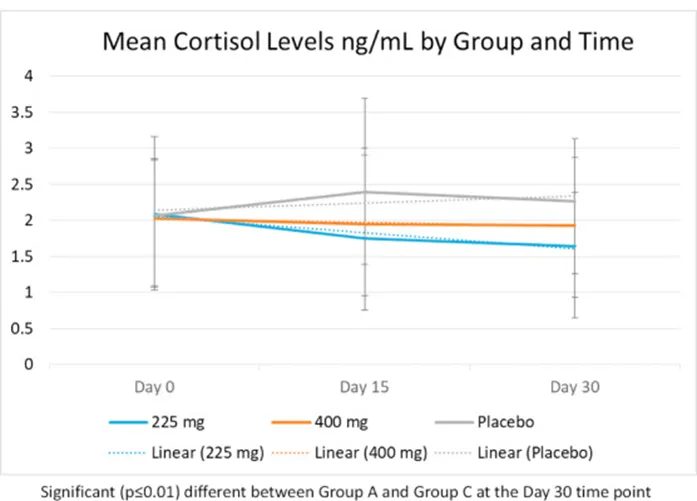
By focusing on these key areas, individuals can implement healthy aging tips - targeted interventions that address the root causes of aging, forming a robust foundation for a lifestyle for longevity.
References
- Booth, F. W., et al. (2017). Lack of exercise is a major cause of chronic diseases. Comprehensive Physiology, 2(2), 1143–1211. https://doi.org/10.1002/cphy.c110025
- Epel, E. S., et al. (2004). Accelerated telomere shortening in response to life stress. PNAS, 101(49), 17312–17315. https://doi.org/10.1073/pnas.0407162101
- Fontana, L., & Partridge, L. (2015). Promoting health and longevity through diet. Cell, 161(1), 106–118. https://doi.org/10.1016/j.cell.2015.02.020
- Robbins, P. D., Jurk, D., Khosla, S., Kirkland, J. L., LeBrasseur, N. K., Miller, J. D., Passos, J. F., Pignolo, R. J., Tchkonia, T., & Niedernhofer, L. J. (2021). Senolytic Drugs: Reducing Senescent Cell Viability to Extend Health Span. Annual review of pharmacology and toxicology, 61, 779–803. https://doi.org/10.1146/annurev-pharmtox-050120-105018
- Huberman, A. (2021). Huberman Lab Podcast, Episodes on Sleep and Longevity. https://hubermanlab.com
- Lee, D., Jo, M. G., Kim, S. Y., Chung, C. G., & Lee, S. B. (2020). Dietary Antioxidants and the Mitochondrial Quality Control: Their Potential Roles in Parkinson's Disease Treatment. Antioxidants (Basel, Switzerland), 9(11), 1056. https://doi.org/10.3390/antiox9111056
- López-Otín, C., et al. (2013). The hallmarks of aging. Cell, 153(6), 1194–1217. https://doi.org/10.1016/j.cell.2013.05.039
- Martínez-González, M. Á., Hershey, M. S., Zazpe, I., & Trichopoulou, A. (2017). Transferability of the Mediterranean Diet to Non-Mediterranean Countries. What Is and What Is Not the Mediterranean Diet. Nutrients, 9(11), 1226. https://doi.org/10.3390/nu9111226
- Sinclair, D. A. (2019). Lifespan: Why We Age—and Why We Don’t Have To. Atria Books.
- Walker, M. P. (2017). Why We Sleep: Unlocking the Power of Sleep and Dreams. Scribner.
- Klimova, N., Long, A., & Kristian, T. (2019). Nicotinamide mononucleotide alters mitochondrial dynamics by SIRT3-dependent mechanism in male mice. Journal of neuroscience research, 97(8), 975–990. https://doi.org/10.1002/jnr.24397
Read next




